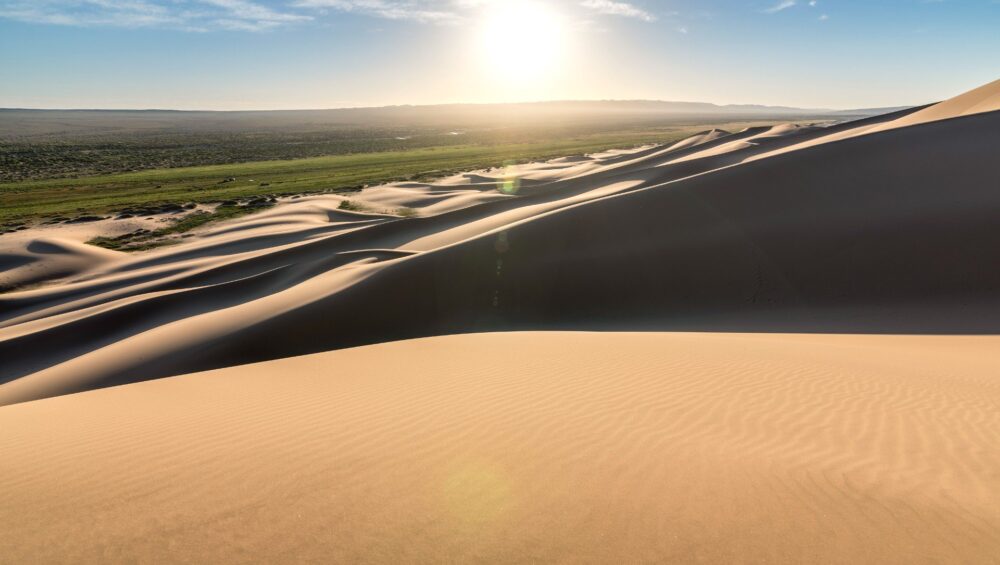Do You Need a Visa for Mongolia?
Entry Requirements for Mongolia: A Complete Guide for Travelers
Planning a trip to Mongolia? Understanding the entry requirements is essential to ensure a smooth journey. From visa policies to travel documents, this guide covers everything you need to know about entering Mongolia.
Do You Need a Visa for Mongolia?
Visa-Free Entry
Citizens of certain countries can enter Mongolia without a visa for tourism or short stays. The duration of visa-free entry varies depending on your nationality:
- 30 Days: Citizens of countries like the United States, Canada, Japan, and South Korea.
- 90 Days: Citizens from Kazakhstan, Belarus, and Kyrgyzstan.
- 21 Days: Citizens of the Philippines.
Always check the latest visa-exemption list to confirm your eligibility.
Visa on Arrival
Mongolia offers a visa-on-arrival option for travelers who:
- Do not have access to a Mongolian embassy or consulate.
- Have an official invitation from a Mongolian entity.
To apply for a visa on arrival, you must:
- Pre-register with the Mongolian Immigration Agency.
- Carry all necessary documents, including a passport, application form, and invitation letter.
E-Visa
Mongolia’s e-visa system allows travelers to apply for a visa online. The process is straightforward and available for tourists, business travelers, and transit visitors. Approved e-visas are sent via email and must be printed for presentation upon arrival.
Regular Visa
If you’re not eligible for visa-free entry or an e-visa, you must apply for a visa at your nearest Mongolian embassy or consulate. Required documents include:
- A valid passport with at least six months’ validity.
- Completed visa application form.
- Recent passport-sized photos.
- Proof of travel plans (flight tickets and accommodation bookings).
Passport Requirements
Your passport must:
- Be valid for at least six months from the date of entry.
- Have at least one blank page for visa stamps.
Additional Entry Requirements
- Travel Insurance: While not mandatory, travel insurance covering medical emergencies is strongly recommended.
- COVID-19 Guidelines: Travelers should check the latest COVID-19 entry requirements, including vaccination or testing protocols, as these may vary.
- Customs Declarations: Declare items such as cash exceeding $10,000 USD or valuable goods when entering Mongolia.
Overstaying in Mongolia
Overstaying your visa can lead to fines or restrictions on future travel to Mongolia. If you need to extend your stay, visit the Mongolian Immigration Agency before your visa expires.
Arriving in Mongolia
Most international travelers arrive at Chinggis Khaan International Airport (UBN) in Ulaanbaatar. Ensure you have:
- Your passport and visa (if applicable).
- Proof of onward or return travel.
- Accommodation details.
Conclusion
Mongolia offers a straightforward entry process for most travelers, whether through visa-free policies, e-visas, or regular visas. By preparing your travel documents and staying updated on current requirements, you can focus on enjoying your adventure in this breathtaking country.
- Entry requirements for Mongolia
- Mongolia visa policy
- Do I need a visa for Mongolia?
- Mongolia e-visa application
- Mongolia customs and immigration
- Passport requirements for Mongolia
- Travel to Mongolia COVID-19 guidelines
- Visa-free countries for Mongolia
#MongoliaTravel #VisitMongolia #MongoliaVisa #TravelTips #MongoliaAdventure #ExploreMongolia #VisaFreeTravel #MongolianCulture #TravelRequirements







